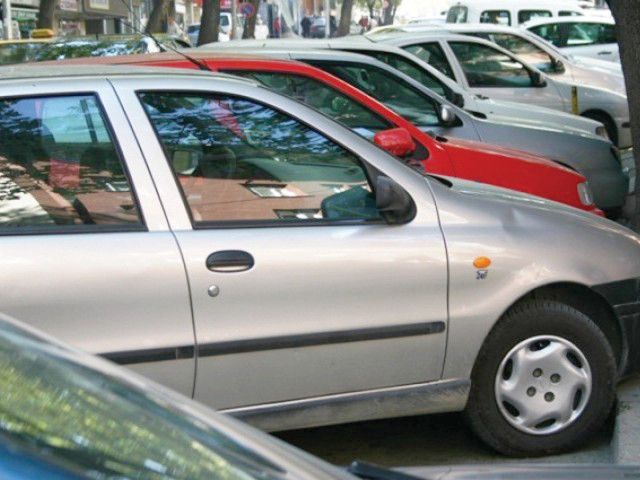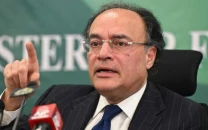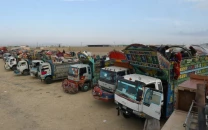Auto policy: Local auto industry in quest for stable growth
To increase sales volume, economical local cars need to be introduced

After a lengthy and arduous wait, the new auto policy is expected to be announced soon.
Predictions over its salient features are flowing in from all quarters but the fact that the PML-N government has taken almost a year and a half in presenting it has hurt the image of what is perceived to be an investor-friendly government.

Despite planning for years, the local automobile industry continues its search for healthier volumes and stable growth, requesting for protection all along the way. Some say the uneven growth is due to the lack of favourable government policies. while some mainly blame the country’s bumpy economic growth.
One of the issues the government is expected to address in the Auto Industry Development Programme (AIDP-II) is the reduction of Completely Knocked Down (CKD) import tariffs to 25% from the current 32.5%. This is going to significantly reduce costs and aid the industry in generating its much-needed sale volumes.
When the PPP-led government introduced the five-year auto policy in 2008, its target was to attain an annual sale volume of 500,000 units. But, the industry failed to even attain the level of 181,000 — the highest annual sales that were recorded in 2006-07.
Local industry officials believe the industry cannot grow unless it attains the desired volumes that can help them reduce cost of production and increase localisation. However, critics of the local industry believe the protectionist policies of the last two decades have dented the very urge of innovation and localisation of auto companies.

Problems plaguing the local auto industry are complex in nature and need an out-of-the-box solution. The previous five-year plan failed to yield the desired results not only due to the local industry’s inability to find a solution but also because of the below-average GDP growth, high inflation and double digit interest rates that significantly dampened the sales of local cars.
Lack of choices
Pakistan is a peculiar case where sales of cars over and above 1,300cc engine category have shown relatively promising growth over the last five years. On the other hand, sales of smaller engine vehicles have shown haphazard growth, highlighting that the natural progression of the middle class – from motorcycles to smaller cars – is not being seen in the country.
Pakistan produced 303,383 motorcycles units in year 2003-04 that jumped 154% to 771,507 units in 10 years in 2013-14, according to sales data of the Pakistan Automotive Manufacturers Association (PAMA). Pakistan produces over 1.8 million motorcycles annually if one also includes all the Chinese assemblers into account.
The question arises that why are not car sales following the same model?
The answer lies partially in the discontinuation of Suzuki Alto and Daihatsu Cuore models after which there exists a serious dearth of locally-assembled cars in the economical section. Pak Suzuki and Indus Motor stopped producing these two models after the government’s deadline to produce all new cars on Euro II emission standards after June 2012.
Since then, used imported cars of 1,000cc or below engine categories have slowly taken over the space provided by the discontinuation of these local models. Out of the five engine categories of imported used cars, the share of small cars (up to 1000cc) in the total imported cars was 45% in fiscal year 2012. This share jumped to 59% in fiscal year 2013 and then crossed over 72% in fiscal year 2014 mainly because local car assemblers failed to introduce new models in the small engine categories.
Massive growth in the import of 1,000cc or below category cars is an indication that this is the market to exploit and this is where most growth will occur in the coming years. If local assemblers are facing difficulties in introducing smaller cars, the government should give special incentives because this is how volumes will grow, ultimately resulting in the decrease of prices of these economical vehicles.
THE WRITER IS A STAFF CORRESPONDENT
Published in The Express Tribune, October 27th, 2014.
Like Business on Facebook, follow @TribuneBiz on Twitter to stay informed and join in the conversation.



















COMMENTS
Comments are moderated and generally will be posted if they are on-topic and not abusive.
For more information, please see our Comments FAQ